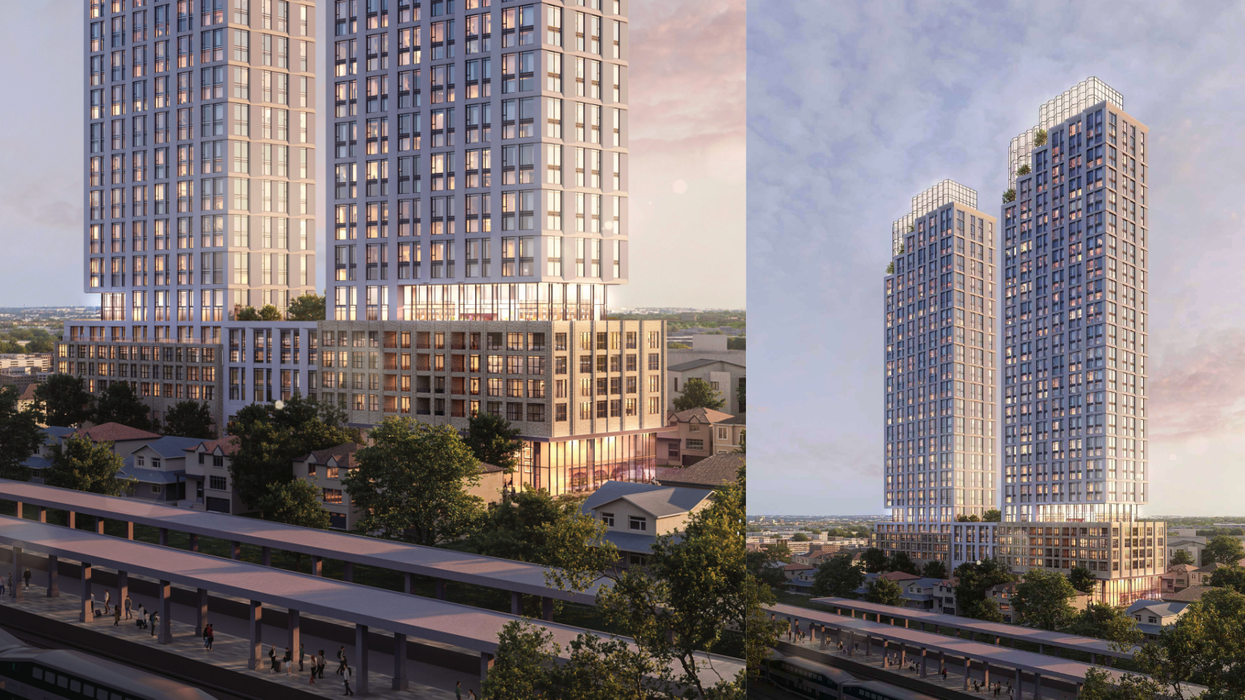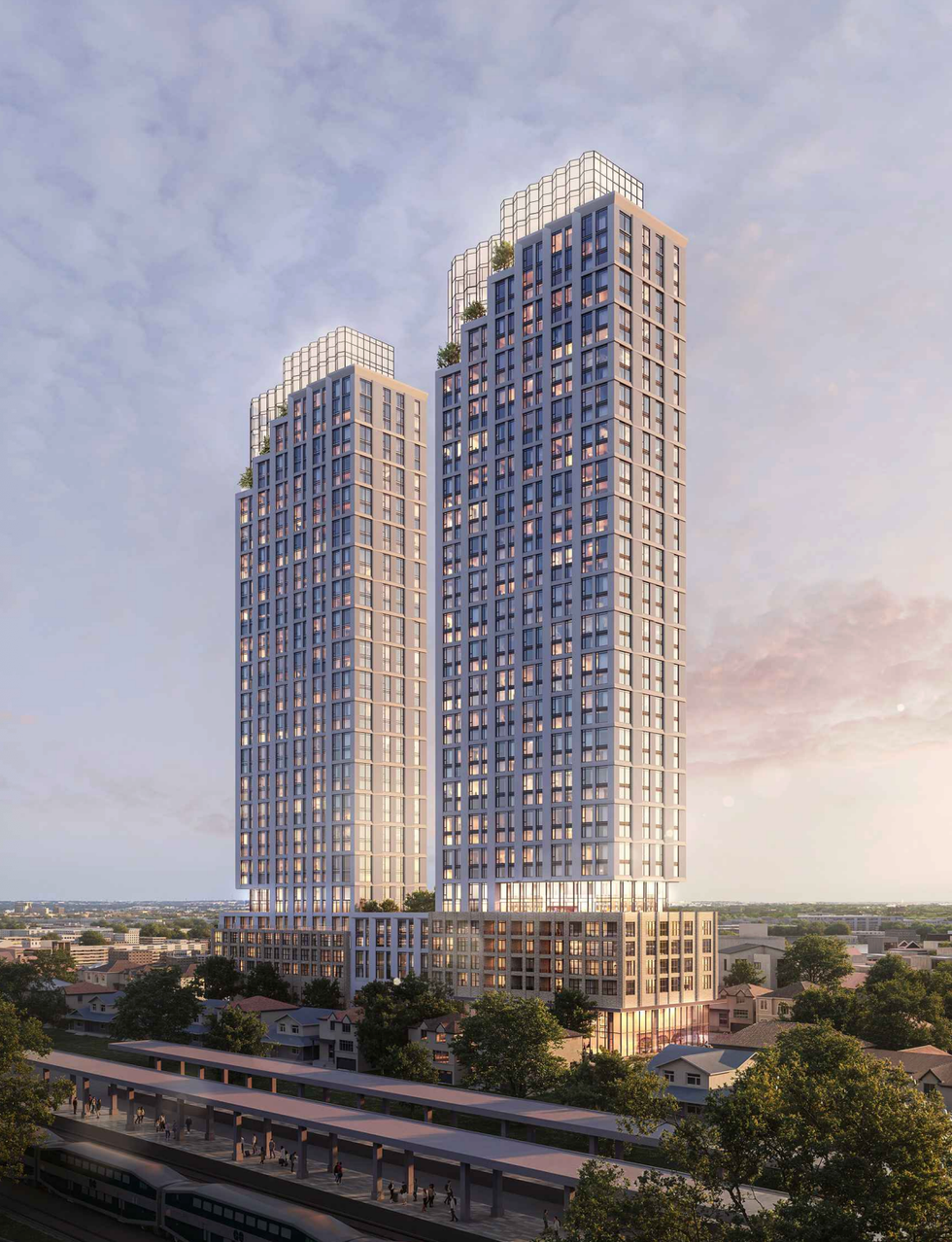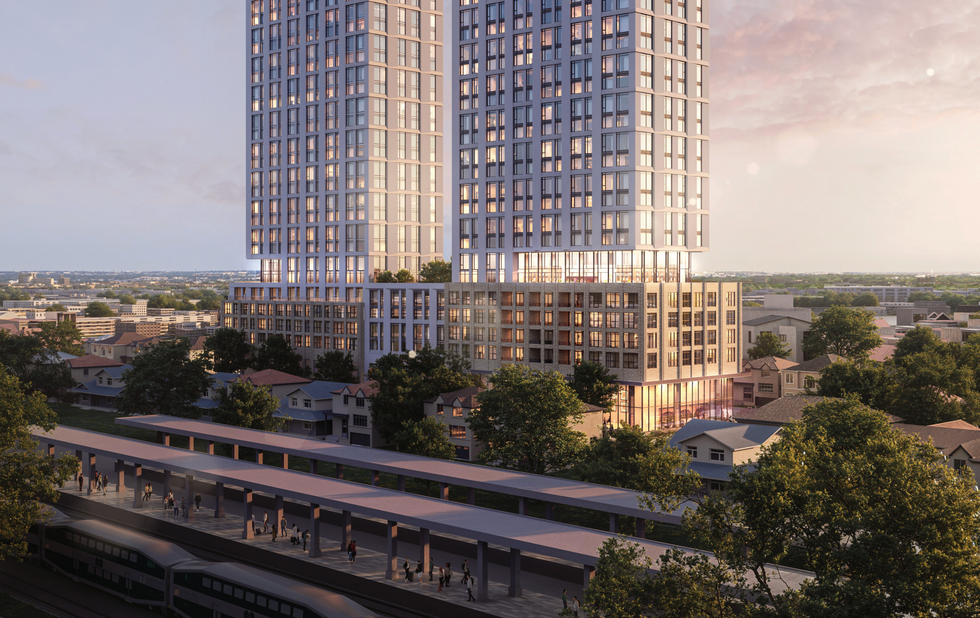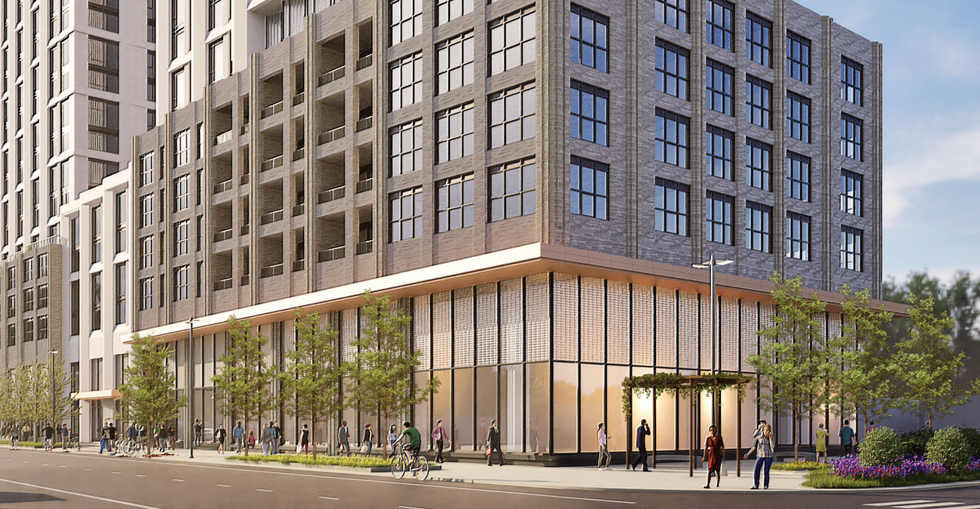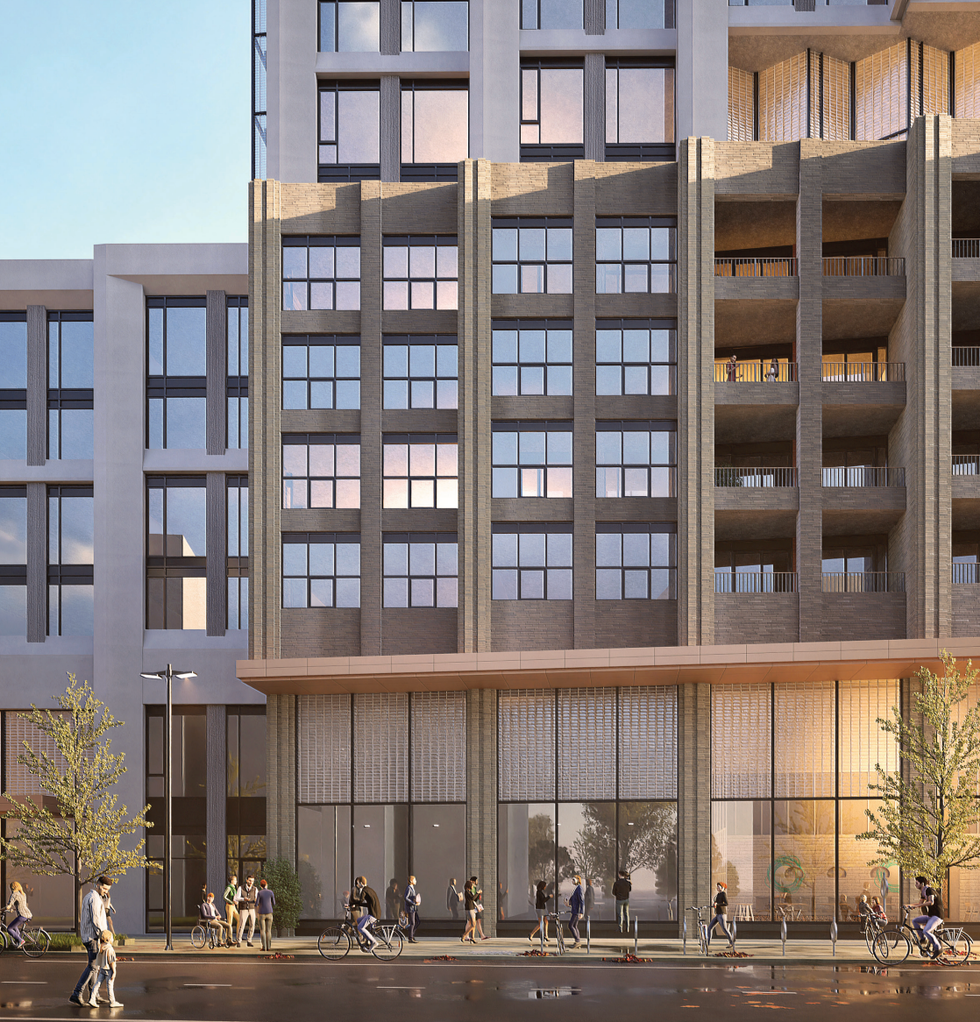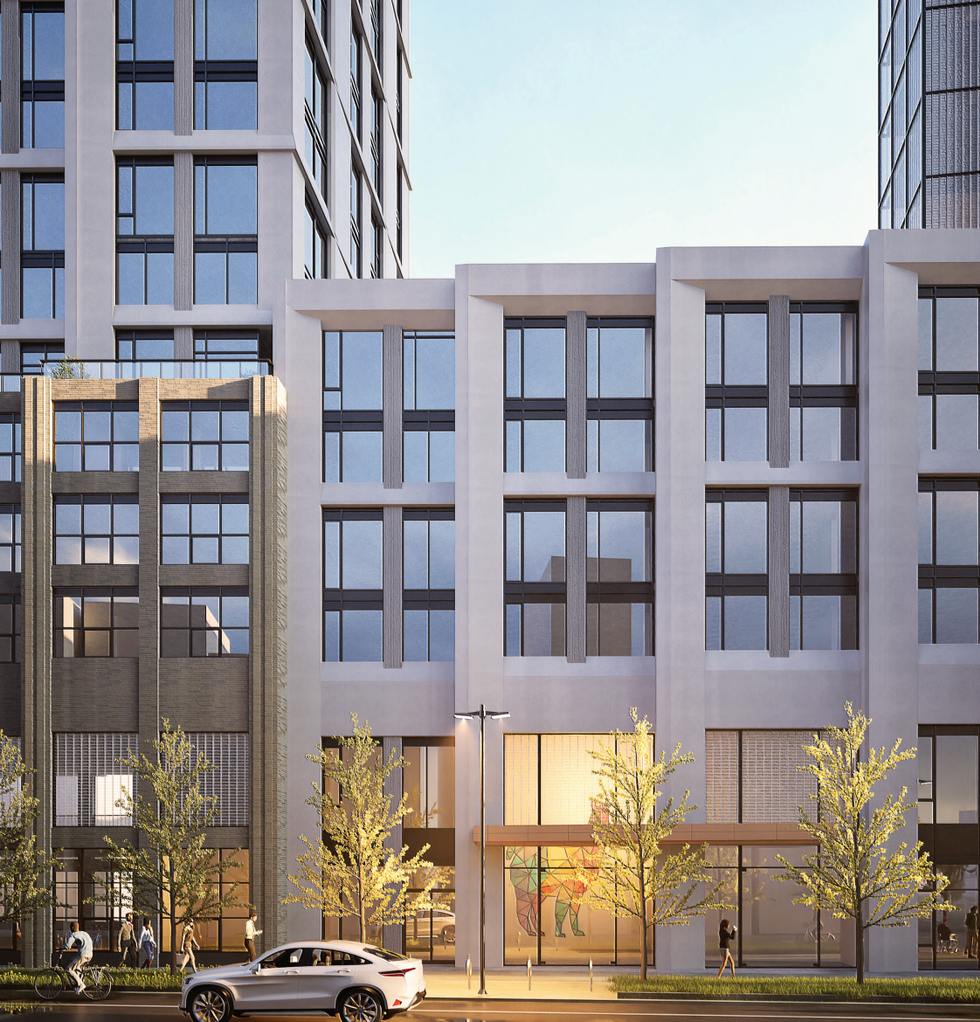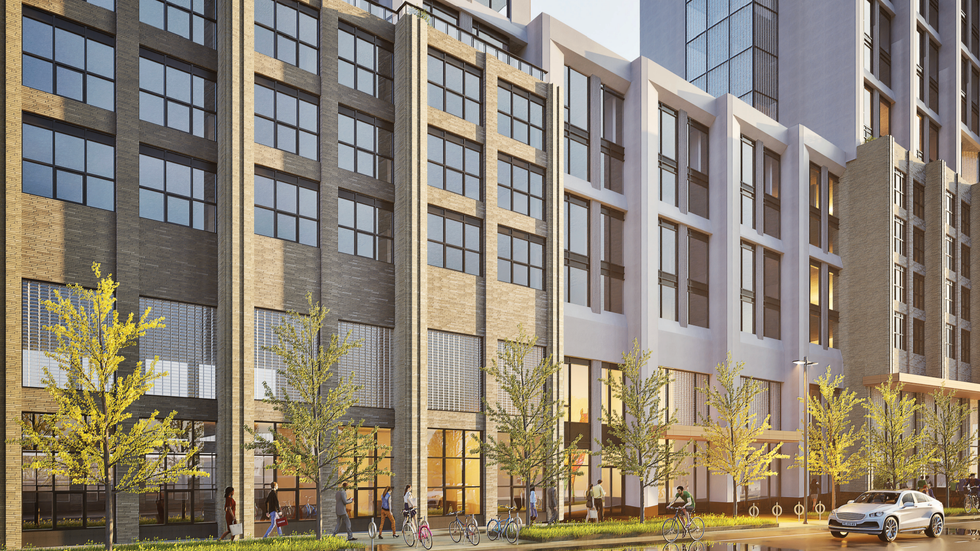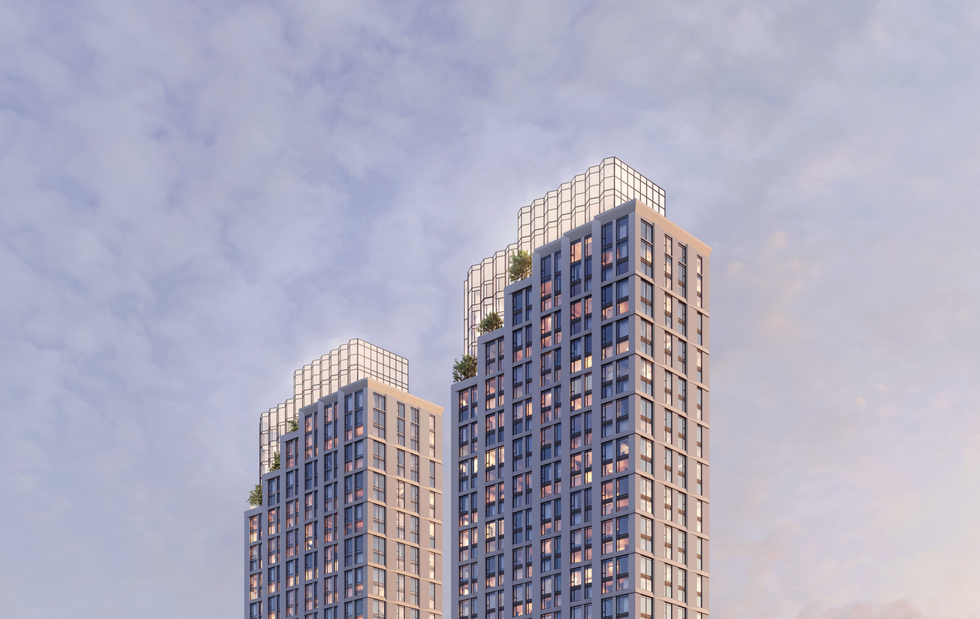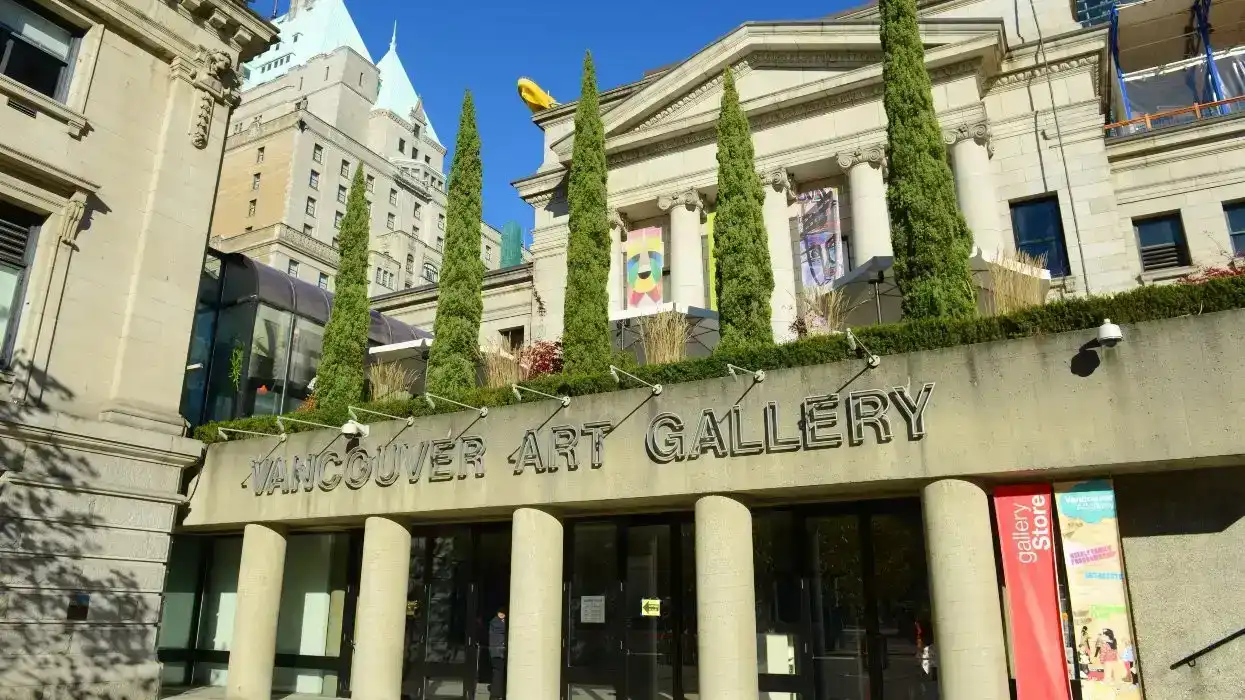Capital Cost Allowance
Learn what Capital Cost Allowance is in Canadian real estate, how it applies to rental properties, and how it affects taxes and capital gains.

May 29, 2025
What is Capital Cost Allowance?
Capital Cost Allowance (CCA) is the tax deduction in Canada that allows property owners to depreciate the cost of a depreciable asset—such as a rental property—over time for income tax purposes.
Why Capital Cost Allowance Matters in Real Estate
In Canadian real estate, CCA helps landlords reduce their taxable rental income by accounting for the wear and depreciation of property improvements or eligible assets.
CCA applies to:
- Rental buildings and improvements (not land)
- Appliances, furniture, and fixtures in rental units
- Building components like roofing or HVAC systems
CCA is claimed in classes based on asset type and depreciation rate. Claiming CCA may affect capital gains tax calculations when selling, as it reduces the property's adjusted cost base.
Understanding CCA helps investors maximize tax efficiency while planning for long-term tax consequences.
Example of Capital Cost Allowance
A landlord deducts 4% of the building’s eligible value annually under CCA Class 1 to reduce taxable rental income.
Key Takeaways
- Allows tax deduction for depreciation.
- Applies to rental properties and assets.
- Affects future capital gains tax.
- Based on CCA classes and rates.
- Must be reported annually to CRA.
Related Terms
- Depreciation
- Rental Income
- Adjusted Cost Base
- Tax Deduction
- Property Value
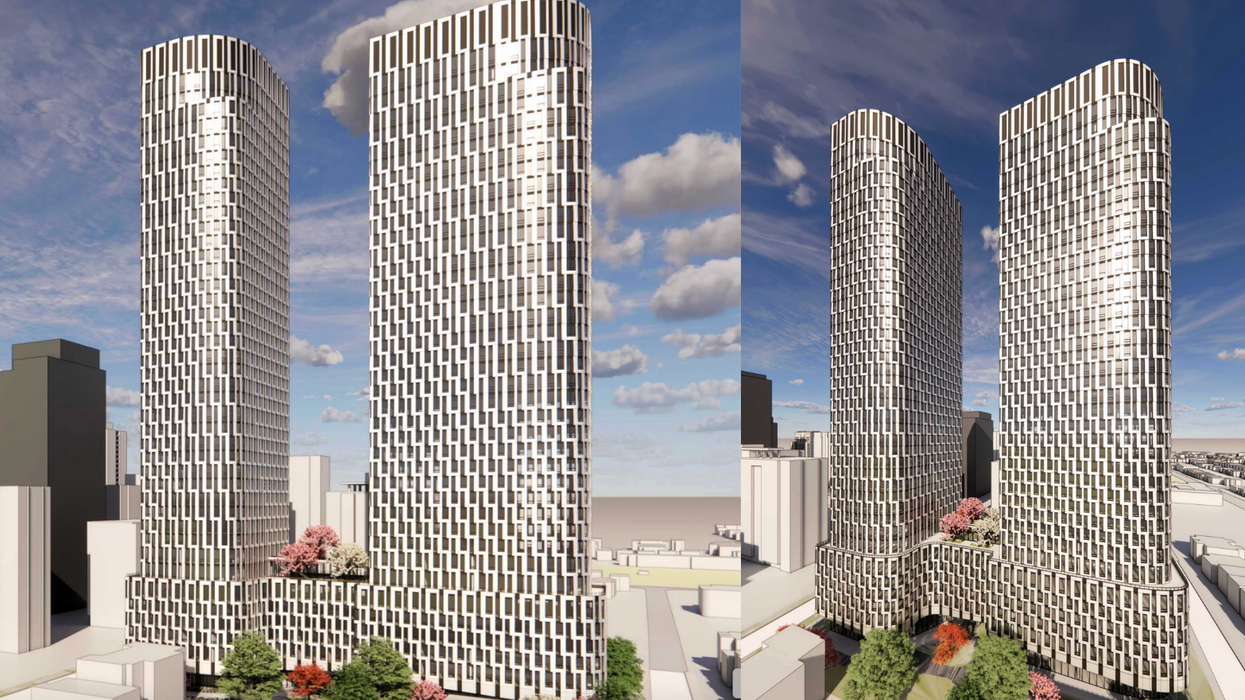
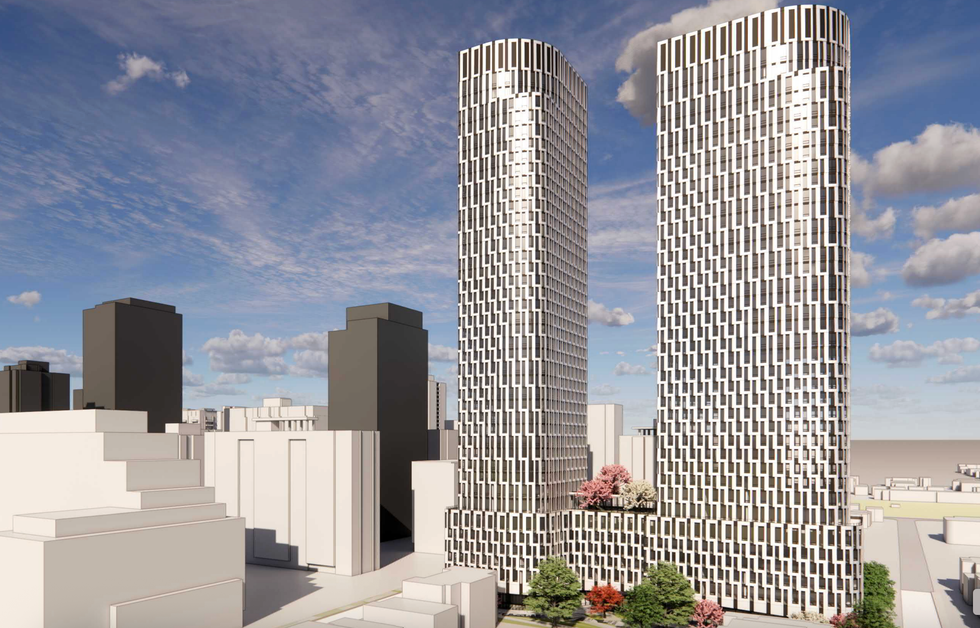

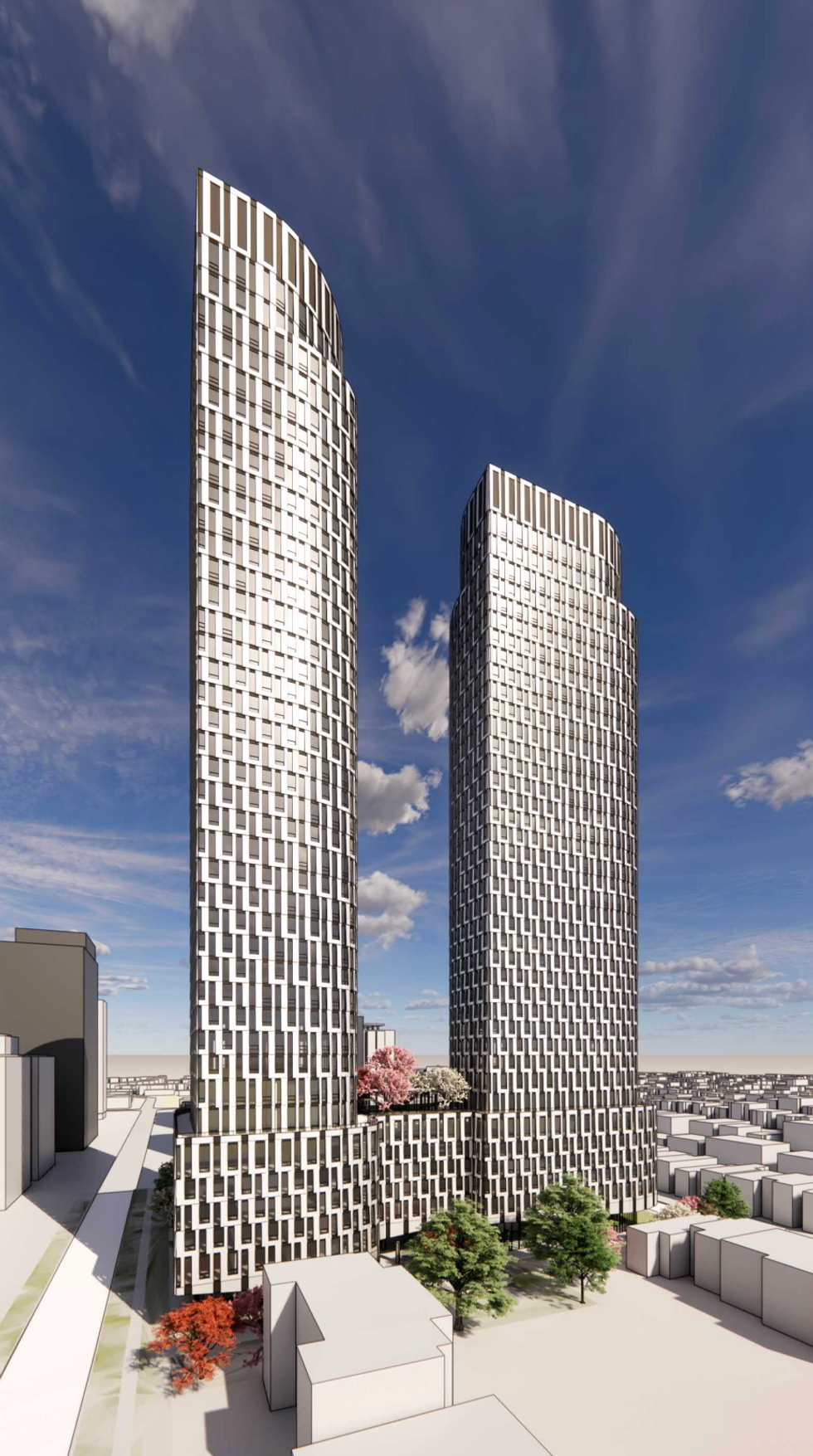
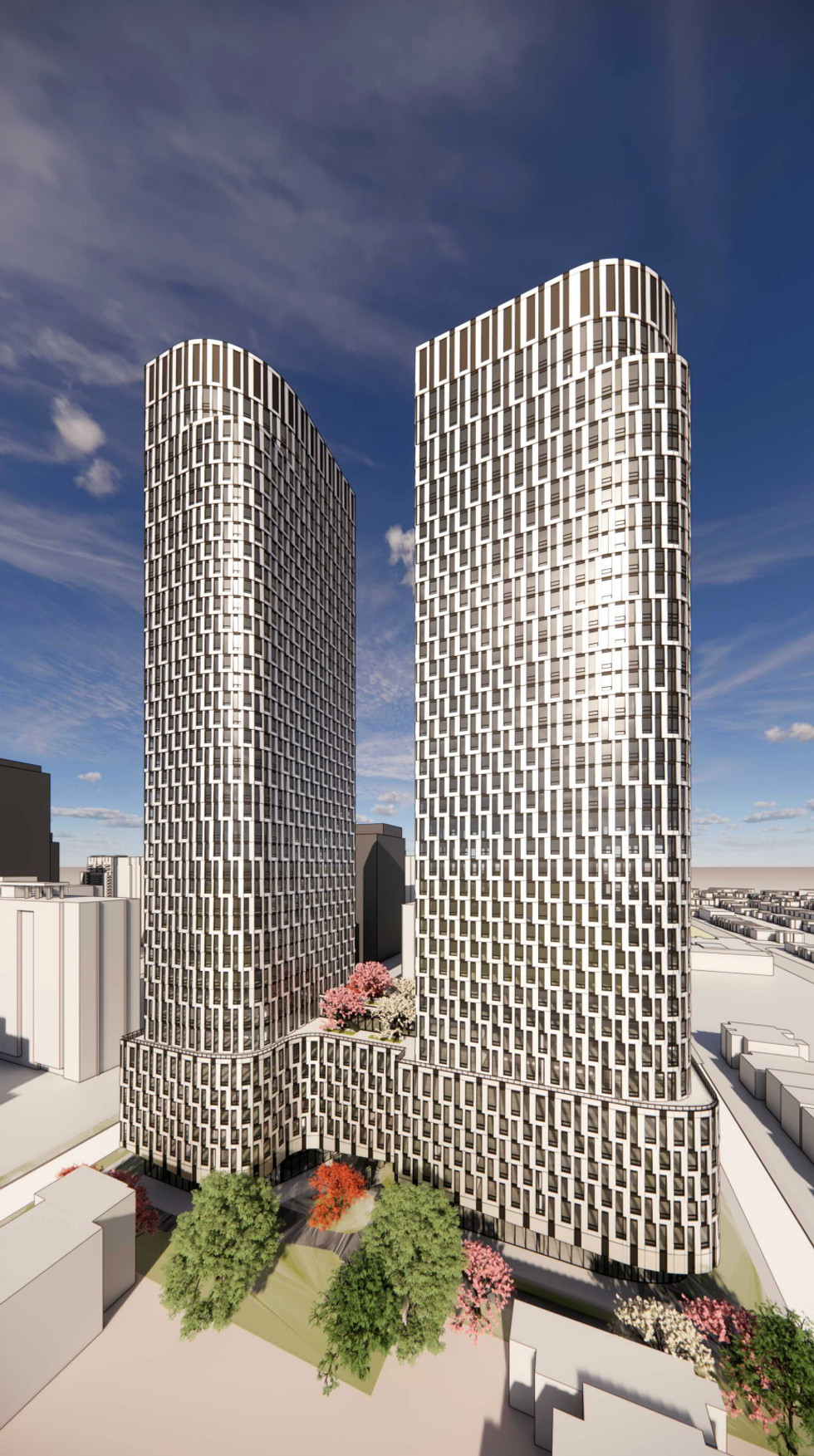
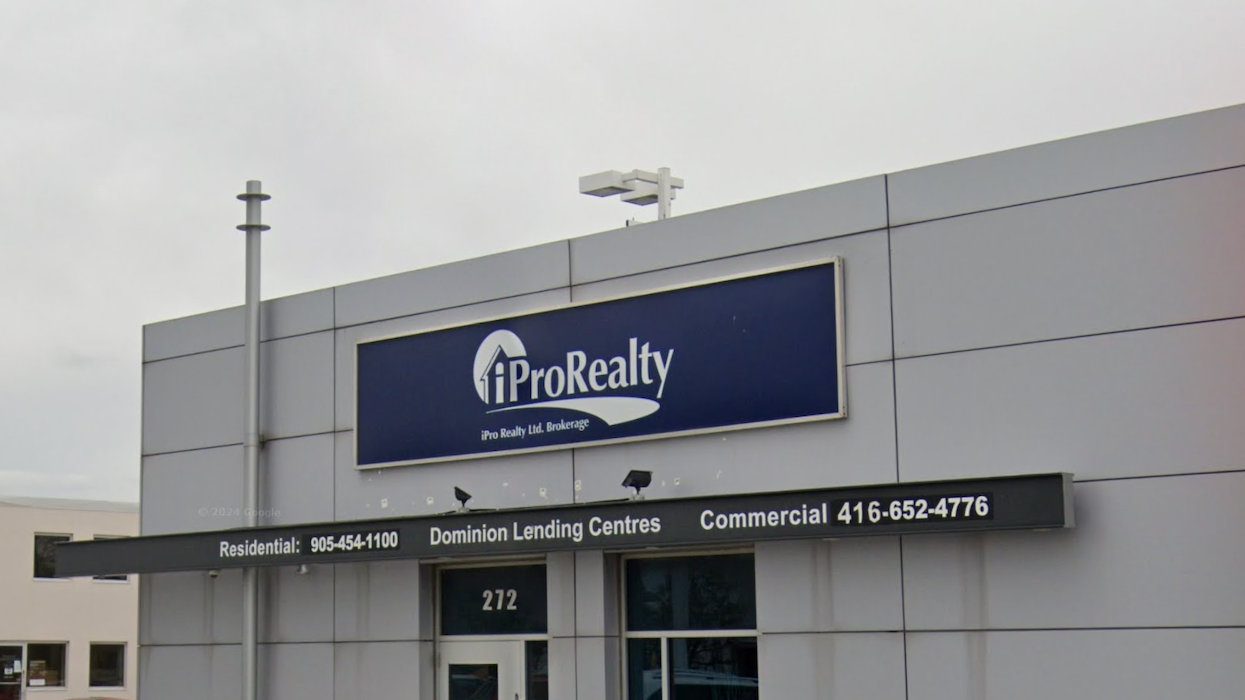

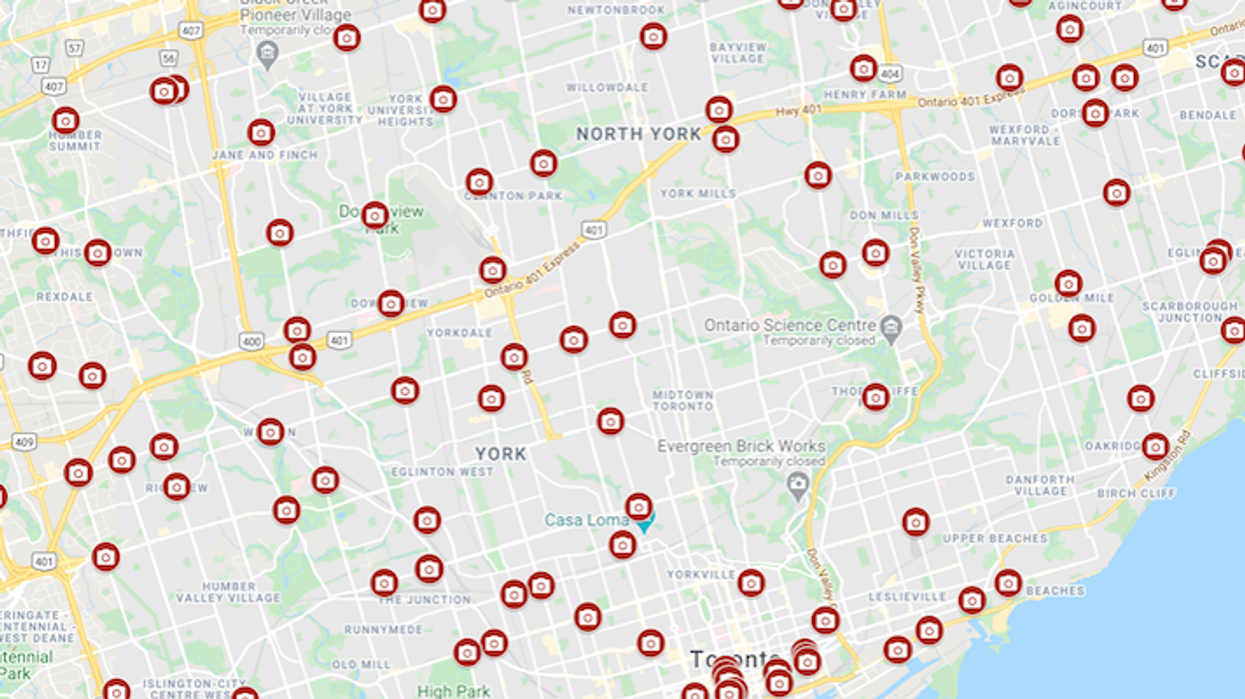
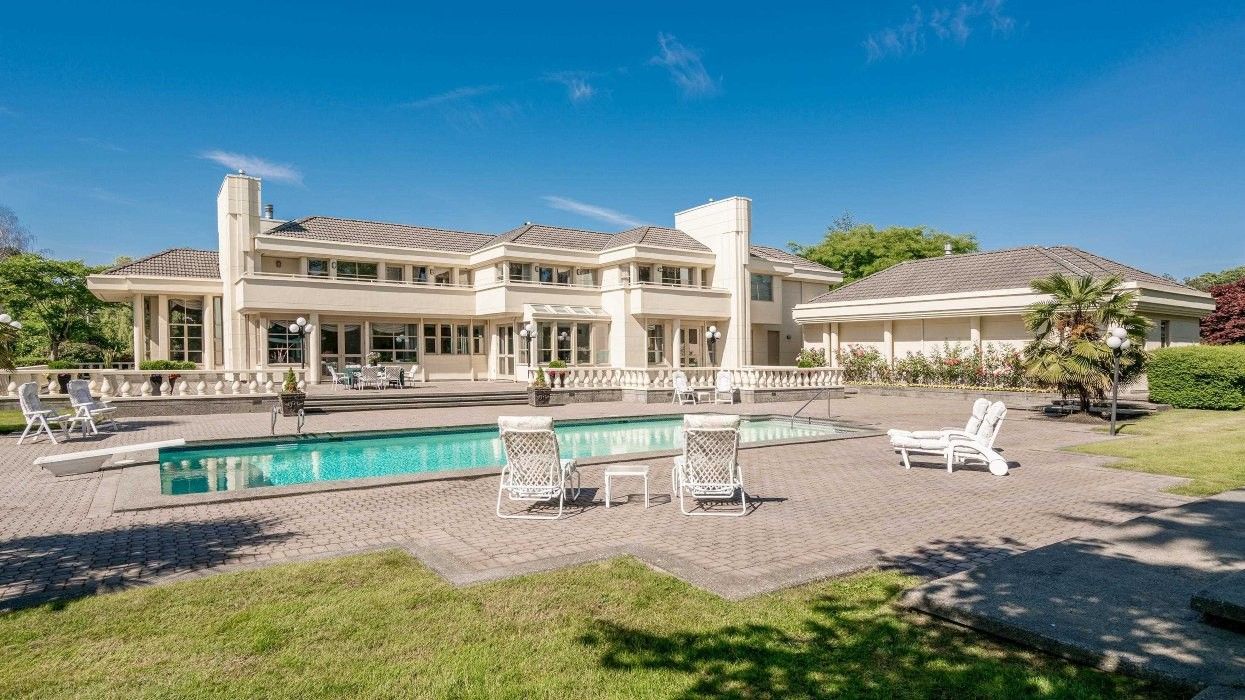
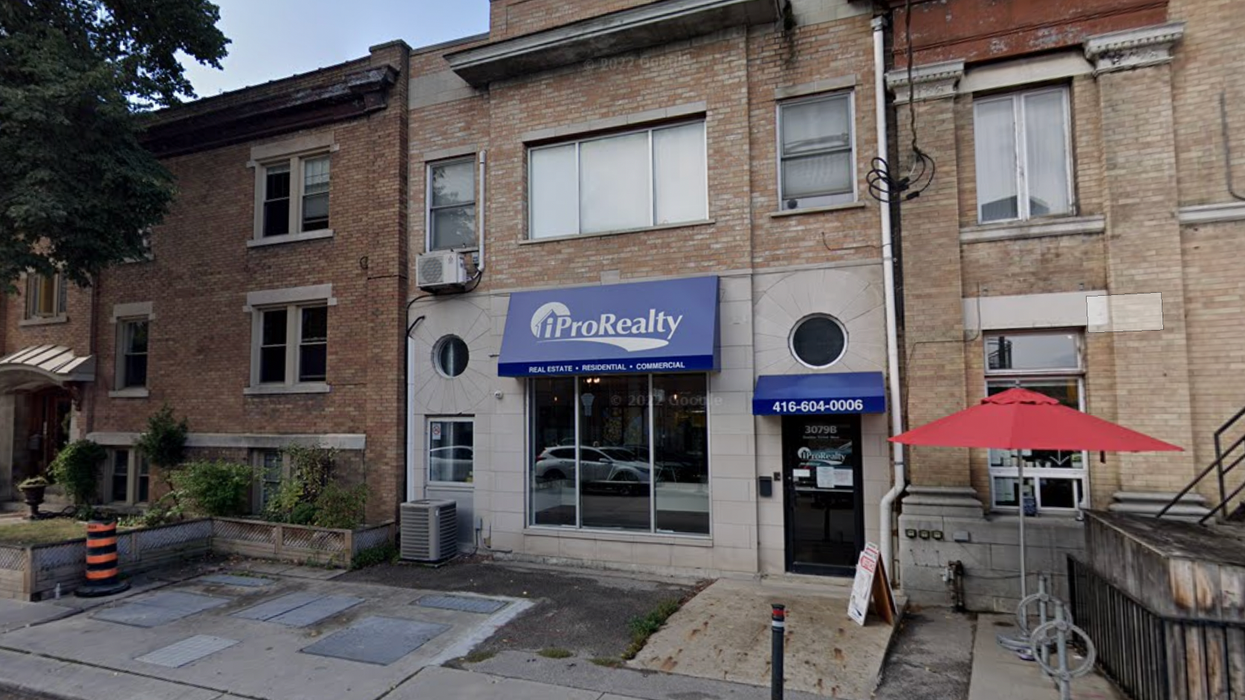
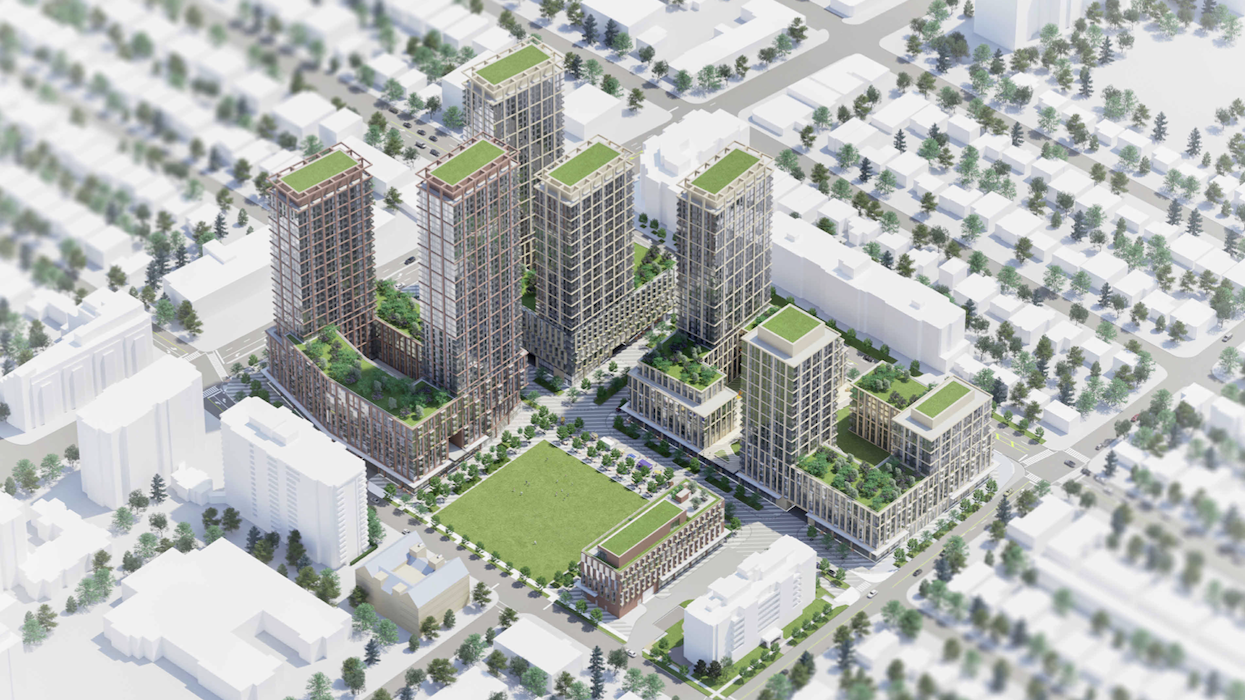
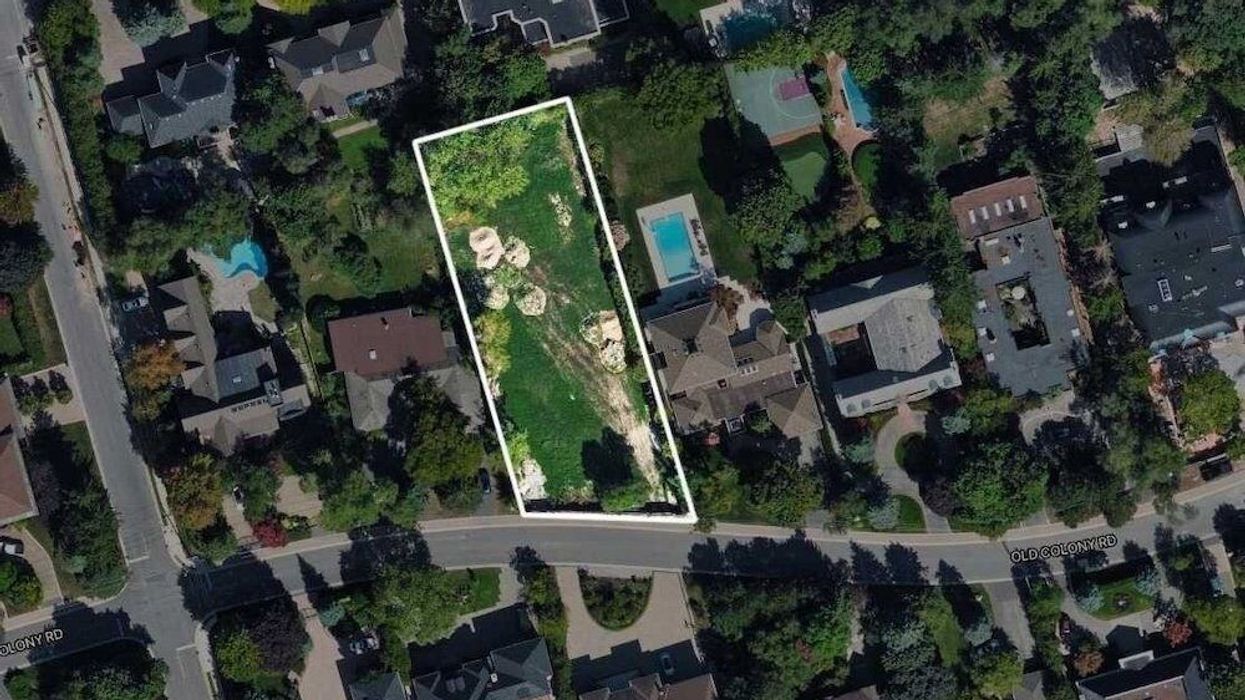
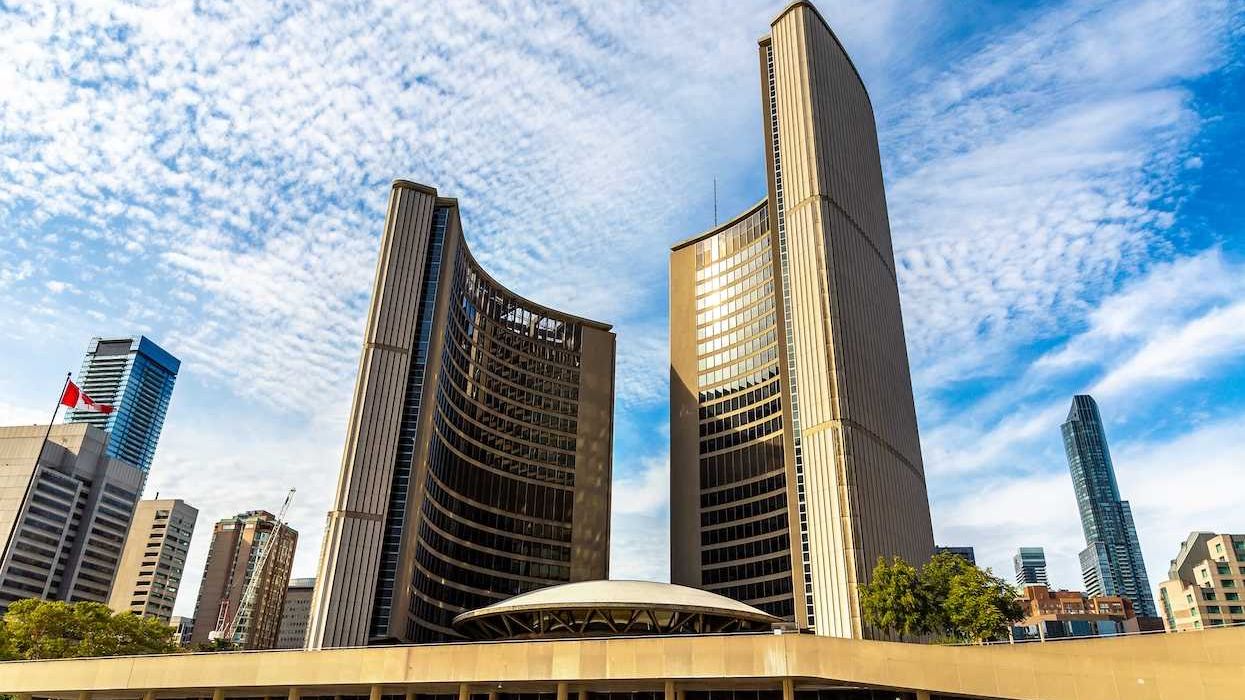
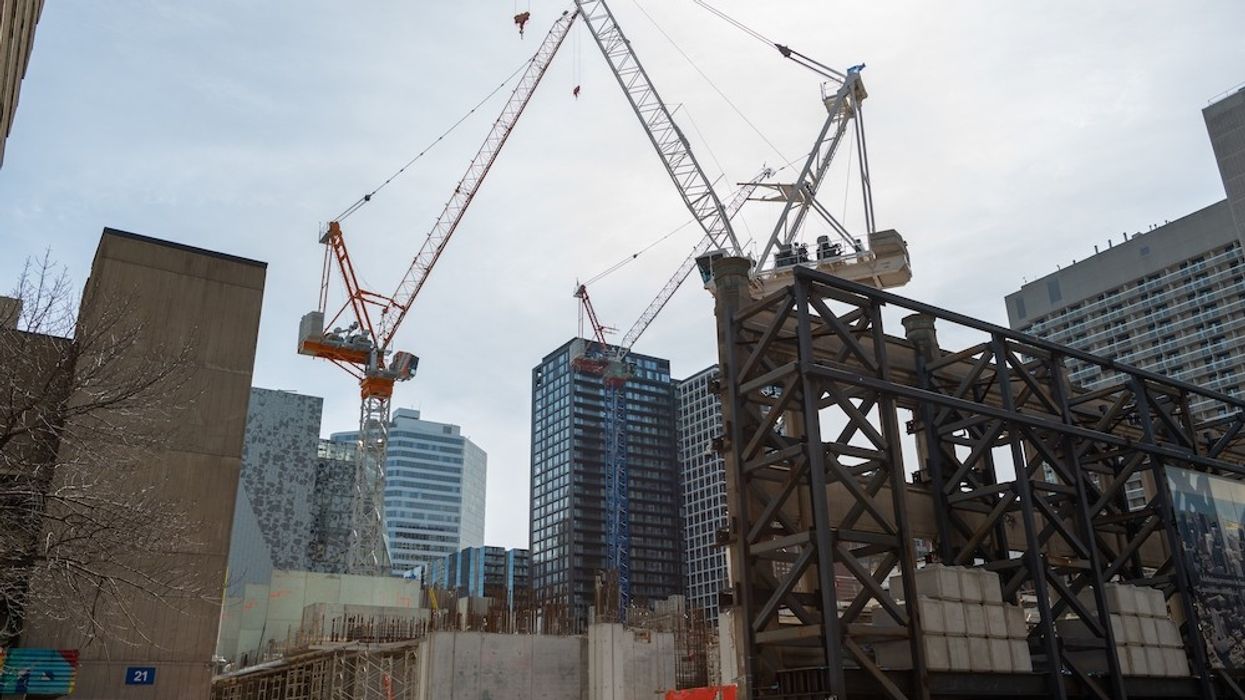

 Camcos Living
Camcos Living Shutterstock
Shutterstock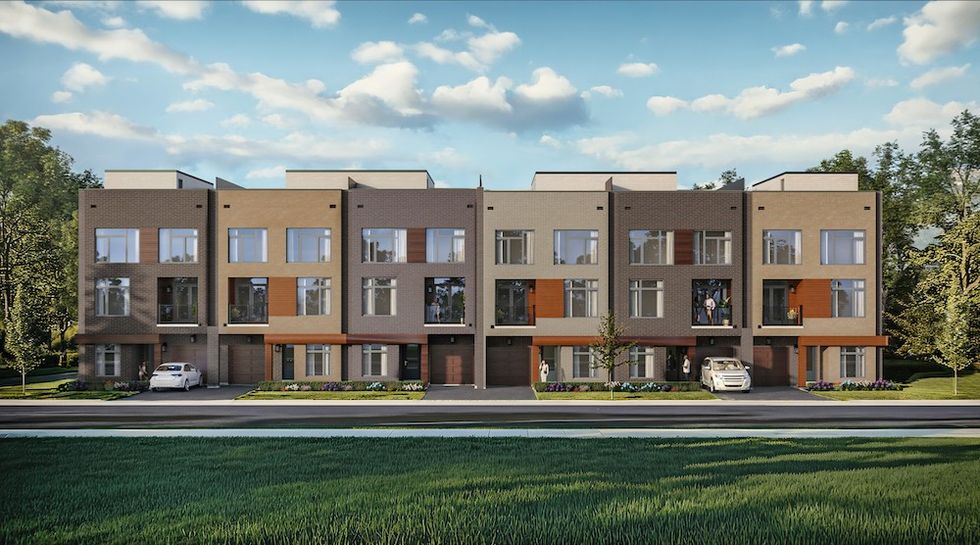 Little Rouge Block G/Camcos
Little Rouge Block G/Camcos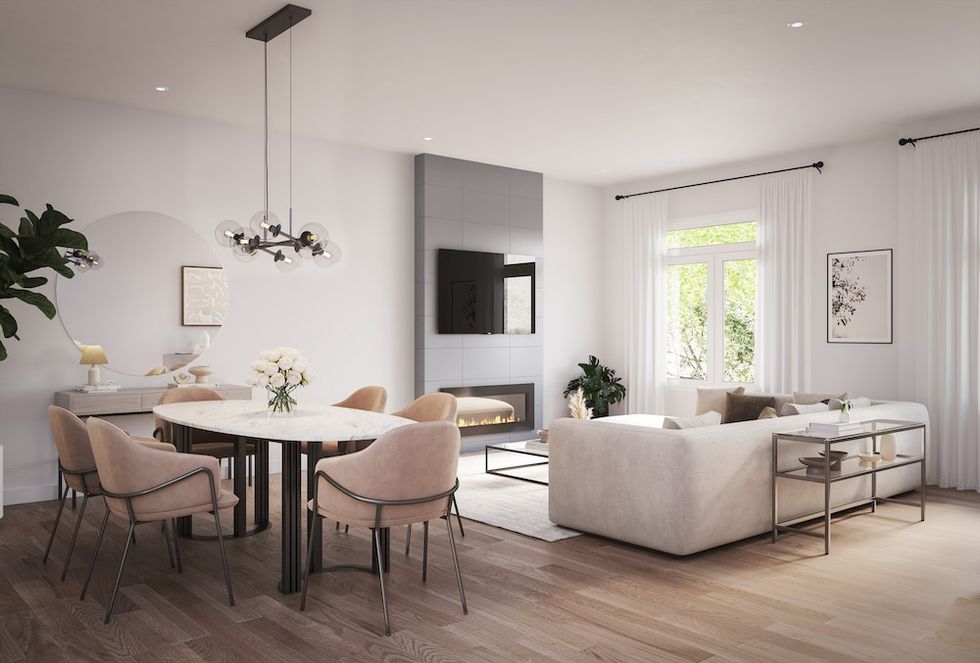 Camcos Living
Camcos Living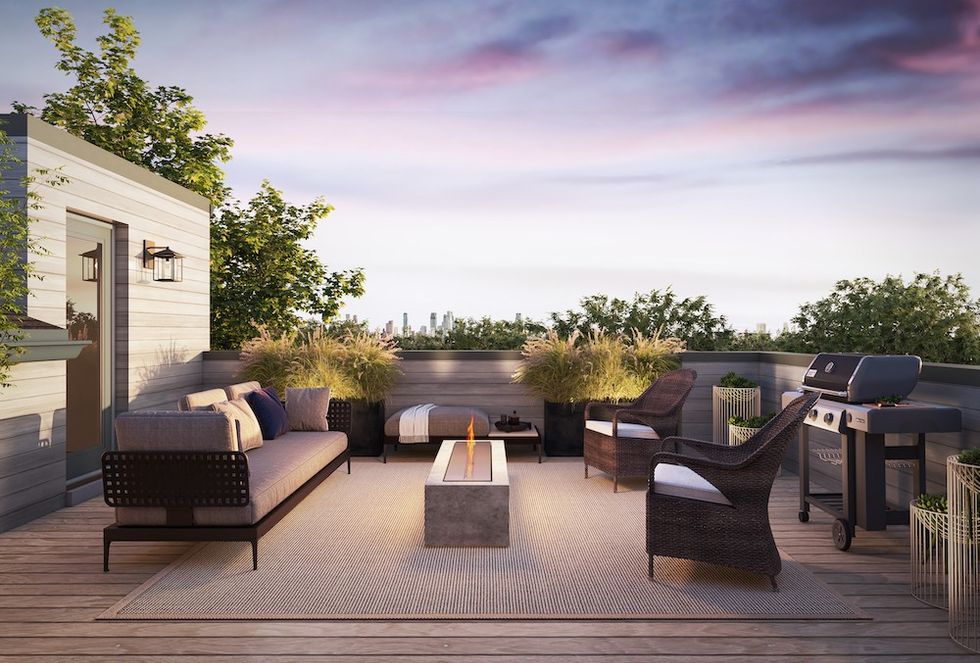 Camcos Living
Camcos Living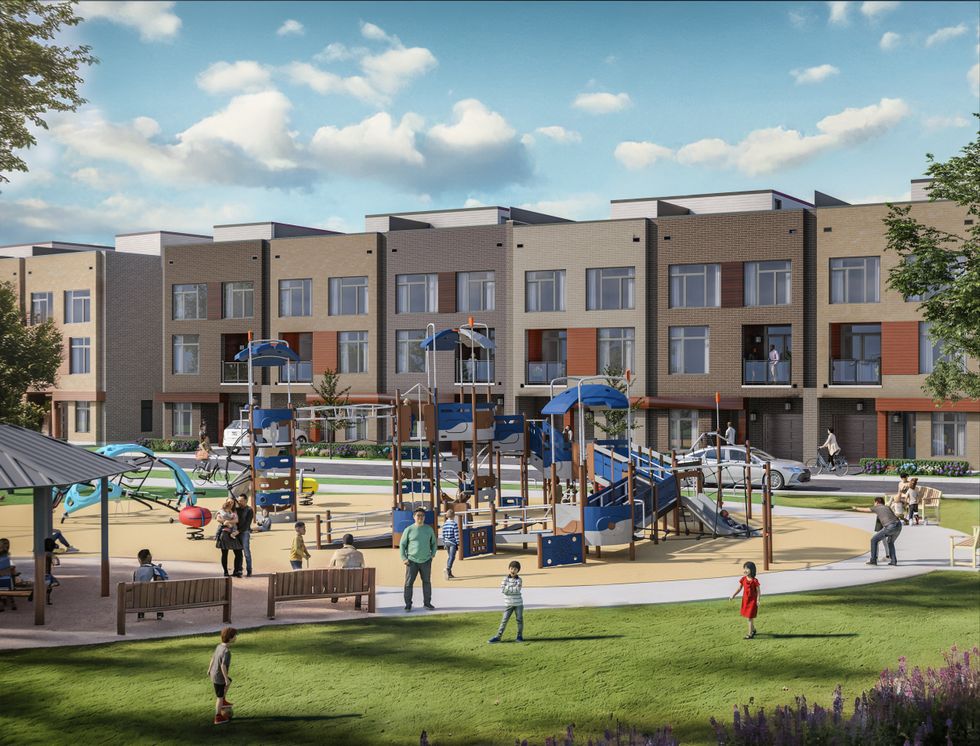 Camcos
Camcos
